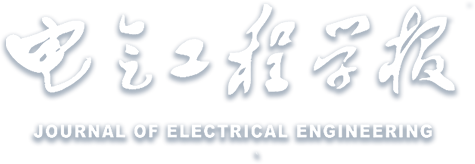Abstract:
The CLLC resonant converter with wide output voltage often adopts the control method of closed-loop pulse frequency modulation of the primary side bridge and synchronous rectification of the secondary side bridge. When the power direction changes, the control mode of the primary and secondary sides of the converter needs to be reversed, which makes the commutation control of the converter a nonlinear control process. The commutation trigger conditions and the transient operation mode of the converter after commutation directly affect the stability of the output voltage of the converter during the commutation transient. Therefore, based on the typical pulse frequency modulation of the CLLC converter, the gain expression of the DC voltage of the converter is obtained by the first harmonic analysis, and the relationship between the transmission power, switching frequency, and voltage gain is analyzed. The transient process of switching in different states of the converter is further analyzed, and a method for estimating the initial switching frequency of the converter commutation and a power commutation strategy are proposed. Finally, the feasibility of the proposed method is verified on the built simulation and experiment platform.


 下载:
下载: